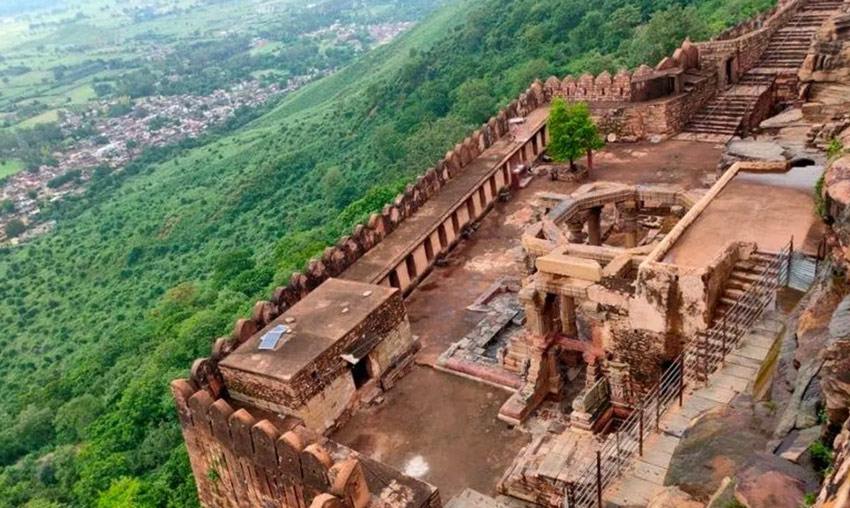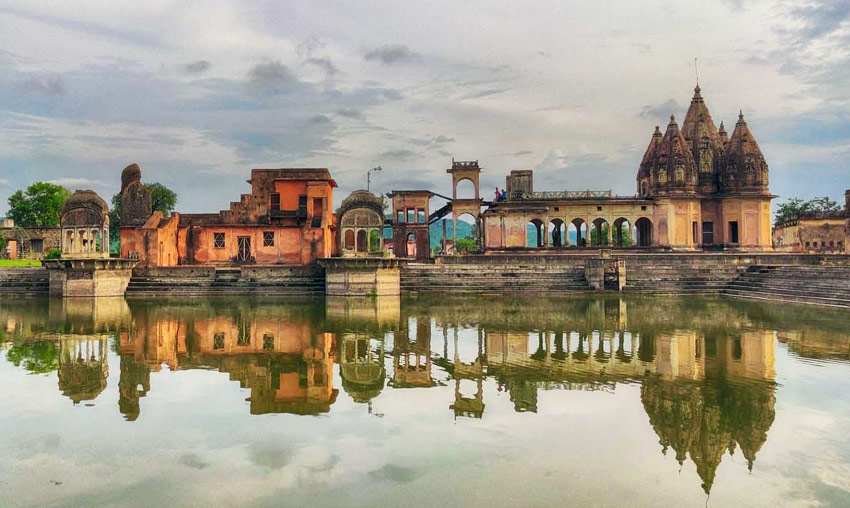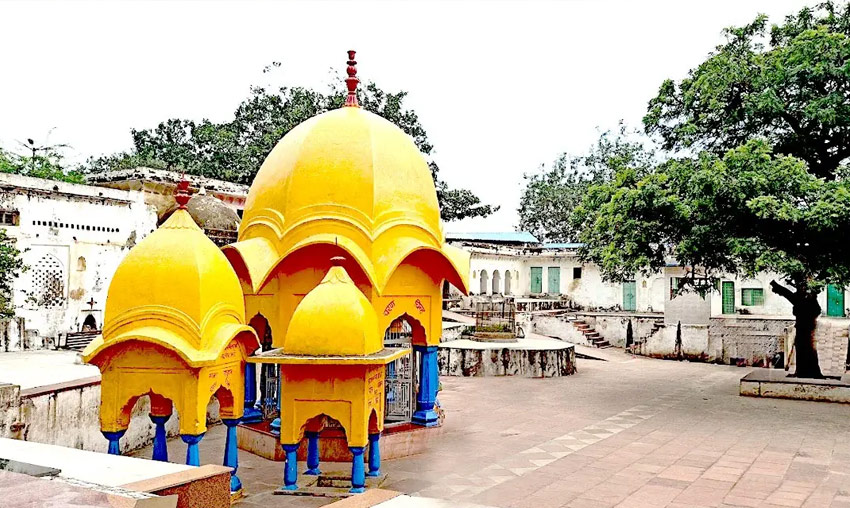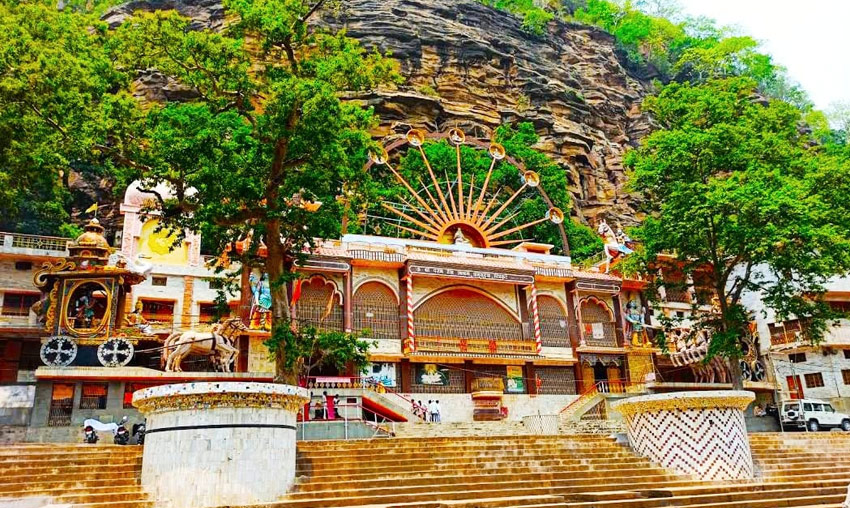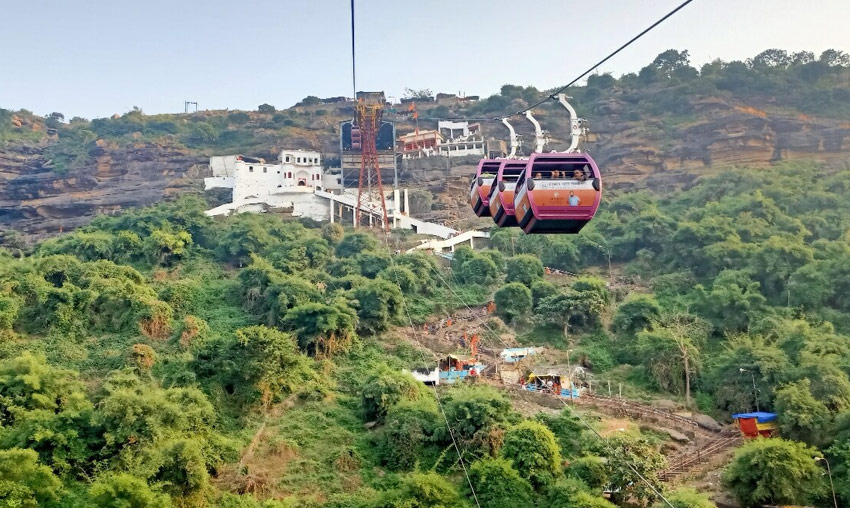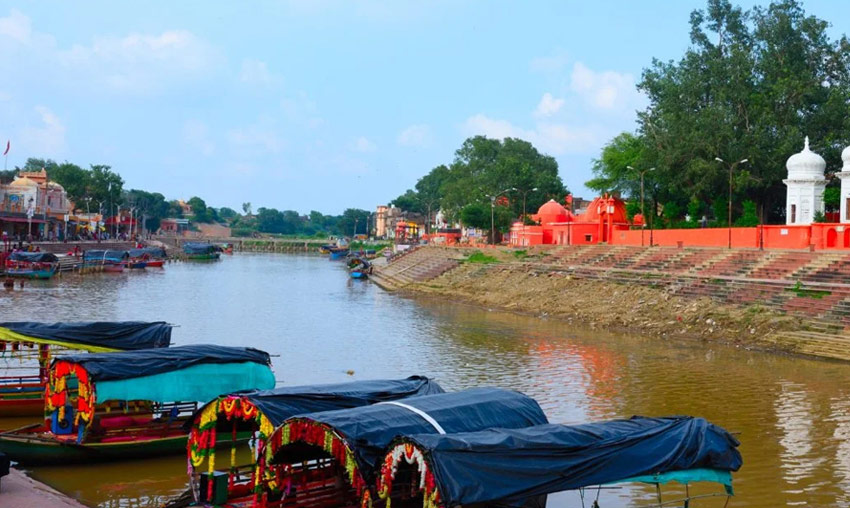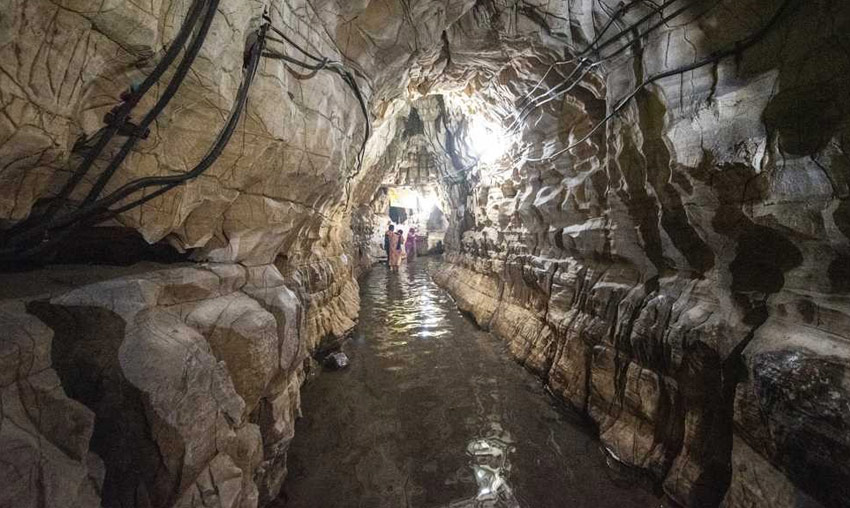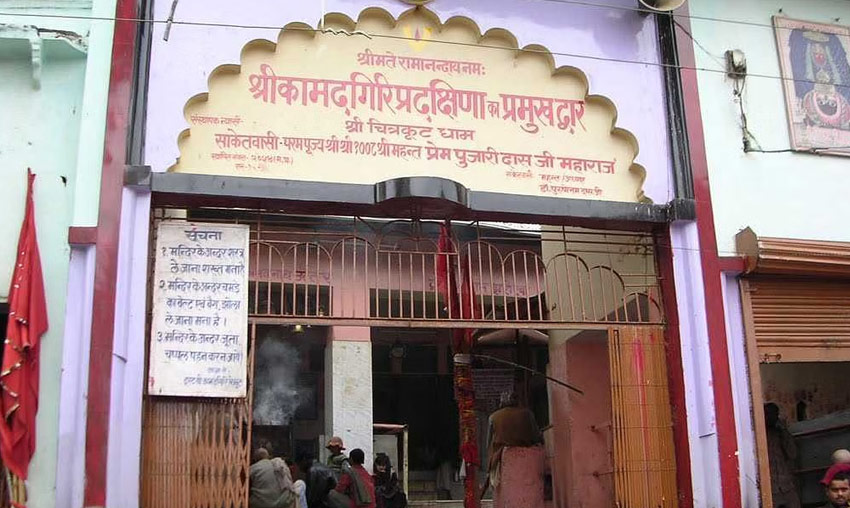Kalinjar Fort, Chitrakoot – History, Timings and Entry Fee
In Uttar Pradesh’s Banda District is the historic fort known as Kalinjar. It is situated on the Vindhya mountain range close to the Khajuraho World Heritage Site and is one of the eight well-known forts constructed by the Chandela monarchs. Rising to a height of 1203 feet, the powerful stronghold commands a view of the plains of Bundelkhand. The phrase Kalanjar, which denotes Lord Shiva, who slept here and broke down the temporal barrier, is where Kalinjar received its name. Lord Shiva is thought to be here at all times.
Along with stone sculptures of birds, mithuna, apsaras, and animals, the fort also features stone images of Lord Shiva, Lord Vishnu, Shakti, Bhairava, Lord Ganesh, and Bhairavi. Among the sites of significance here are the Koti Tirth, a sizable water reservoir; the Gajantak Shiva figure, also known as Manduk Bhairon, carved on the surface of the rock; and the Sita Sej, a small cave with a stone bed and pillow that was originally used by the hermits. The most revered shrine in Kalinjar is the Neelkanth Temple, which was built by Parmardideva. Amazing carved depictions of Shiva, Ganesha, Hanuman, and Kala Bhairon may be found on the inscriptions along the path leading to the shrine.
For those who enjoy spending time exploring the hidden mysteries among the architectural remnants of the nation’s oldest monument, the Kalinjar Fort is a must-see location. It’s likely to be an incredible and thrilling experience.
History of Kalinjar Fort
From the ninth century to the fifteenth century, the Chandellas ruled over the Khalinjar Fort. Additionally, it remained crucial until the Mughal era, which is why the fort was attacked by Muhammad Ghaznavi in 1019 and 1022 and by Qutb-ud-din-Aibak in 1203, who vanquished Parmadideva, the final Chandela. Despite Humayun’s attack on the fort, Akbar eventually seized it in 1569. Akbar gave this fort as a present to Birbal, one of his nine treasures. Following Akbar, Kalinjar moved on to Bundela leader Chhatrasal, Hardev Shah of Panna, and, in 1812, the British.
Architecture Of Kalinjar Fort
At 244 meters above sea level, the Kalinjar Fort is perched atop a flat-topped hill in the Vindhya Range. The fort is one mile long and half a mile wide, and it faces east-west. Using lime mortar as the cement material, massive sandstone and granite stones were used in the building.
Three of the four entrances that encircled Kalinjar were Panna Dwar, Kamta Dwar, and Rewa Dwar. The Rathore Mahal, constructed by Akbar in 1583, is located on the right of the road, while the entrance to the majestic fort is located at the base of the hill. Lal Darwaza, Hanuman Darwaza, Budha Bhadra Darwaza, Chauburji Darwaza, Alamgir Darwaz, Ganesh Darwaza, and Bara Darwaza are the seven gates along the stony, steep route that leads to the citadel.
Best Time To Visit Kalinjar Fort
The months of December through February are the best times to visit the Kalinjar Fort since the weather is pleasant and delightful during this time of year, neither too hot nor too cold.
Tips For Visiting Kalinjar Fort
1. To prevent any issues with the indigenous bees, refrain from wearing any perfume or deodorant while at Kalinjar Fort.
2. Be sure to sample the Peda offered by the stores next to the fort’s entrance.
How To Reach Kalinjar Fort
Kalinjar Fort, which is situated between Chitrakoot and Khajuraho, is accessible by cab from both places. Another option is to board the Chitrakoot-Khajuraho bus route and request to be dropped off close to or at the fort.
